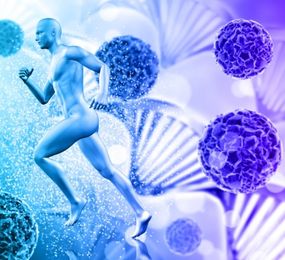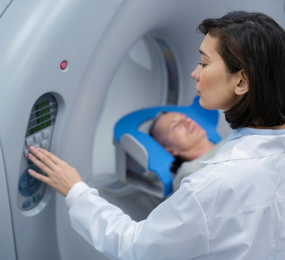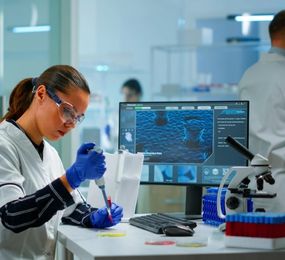Pollution is a pressing global challenge. However, nature offers a powerful solution: bioremediation. This process utilizes microorganisms to degrade pollutants and restore contaminated environments. Biomanufacturing plays a crucial role in enhancing bioremediation efforts by optimizing the performance of these microbial agents.
The Science Behind Bioremediation:
Bioremediation relies on the natural ability of microorganisms to break down pollutants into less harmful or harmless substances. These microorganisms, often referred to as bioremediators, can be indigenous to the contaminated site or introduced specifically for the cleanup process.
Key Bioremediation Strategies:
- Bioaugmentation: Introducing specific microorganisms to a contaminated site to enhance biodegradation capabilities.
- Biostimulation: Providing nutrients and favorable conditions to stimulate the growth and activity of indigenous bioremediators.
- Bioventing: Aerating contaminated soil or groundwater to promote aerobic biodegradation processes.
- Phytoremediation: Using plants to absorb and degrade pollutants from soil or water.
The Role of Biomanufacturing:
Biomanufacturing plays a vital role in optimizing bioremediation:
- Strain Development: Creating genetically engineered microorganisms with enhanced biodegradation capabilities can accelerate cleanup processes.
- Enzyme Production: Biomanufacturing can produce enzymes that catalyze the breakdown of specific pollutants, enhancing bioremediation efficiency.
- Bioreactor Design: Bioreactors can be used to cultivate and optimize bioremediators under controlled conditions before application to contaminated sites.
Success Stories:
Bioremediation has demonstrated its effectiveness in addressing various types of pollution:
- Oil Spills: Microorganisms capable of degrading oil have been used to clean up oil spills in marine and terrestrial environments.
- Heavy Metals: Bioremediation can remove heavy metals like lead and mercury from contaminated soil and water.
- Organic Pollutants: Microorganisms can degrade a wide range of organic pollutants, including pesticides, solvents, and industrial chemicals.
Challenges and Opportunities:
Despite its successes, bioremediation faces challenges:
- Site-Specific Conditions: The effectiveness of bioremediation can be influenced by factors like soil composition, temperature, and nutrient availability.
- Contaminant Toxicity: Some pollutants can be toxic to microorganisms, hindering bioremediation efforts.
- Public Perception: Addressing public concerns and gaining acceptance for bioremediation technologies is crucial.
Advancements in biomanufacturing, coupled with a deeper understanding of microbial ecology, hold immense promise for expanding the applications of bioremediation. As we face increasing environmental challenges, bioremediation offers a sustainable and effective solution for restoring contaminated ecosystems and protecting public health.
To register or learn more about the Forum please check here: https://bit.ly/3WRMLFS.
For more information and group participation, contact us: [email protected]
















